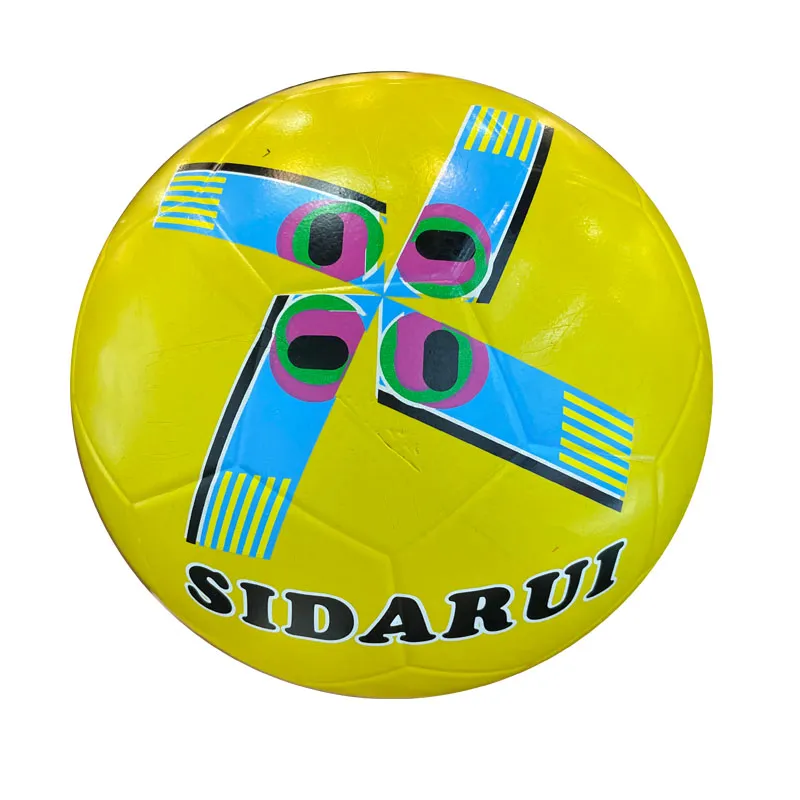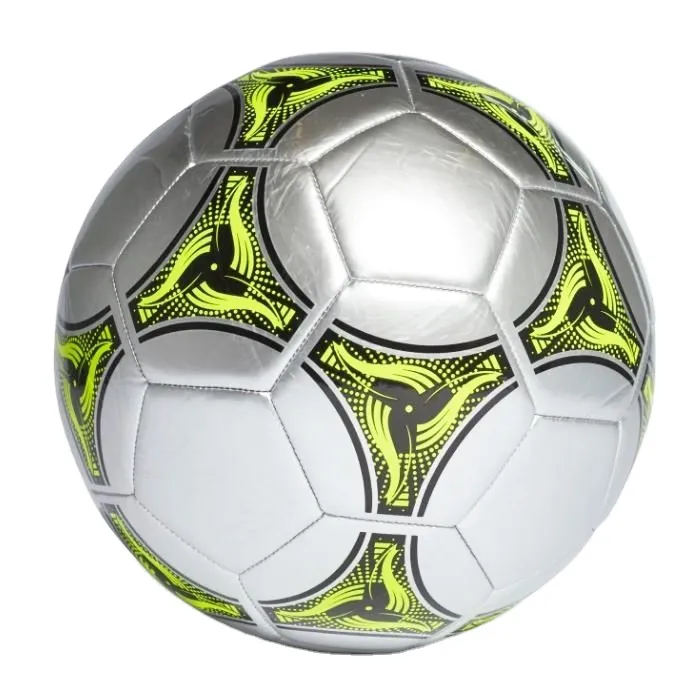Feb . 17, 2025 22:13


For players aged 13 and above, the size 5 soccer ball, or the official standard ball for professional matches, is the norm. With a circumference of 27-28 inches and weighing between 410-450 grams, this size is recognized by FIFA and other major soccer organizations worldwide. For teenagers and adults, this size is perfect as it mirrors the specifications used in all official tournaments and leagues. Mastery over a size 5 ball signifies readiness for competitive play, requiring a comprehensive understanding of advanced techniques, strategic dribbling, powerful shots, and precise passing skills. Regular practice with a size 5 ball ensures players are well-equipped to handle the rigors of professional-level soccer. Experienced coaches often emphasize the importance of using the correct soccer ball size tailored to a player's age and development stage. Utilizing the right ball size accentuates training outcomes, reduces injury risks, and optimizes enjoyment of the sport. Moreover, using an overly large or heavy ball can hinder progress and dampen enthusiasm. Equally, ball material and construction play a pivotal role in performance. Modern soccer balls are often crafted from synthetic leather, featuring multiple layers of lining and a latex bladder for optimal responsiveness. High-quality balls, especially those approved for official matches, undergo rigorous testing to ensure durability, reliable flight paths, and controlled bounce patterns. Always investing in a quality soccer ball that adheres to size standards is paramount for players at any level, especially if one seeks to emulate the prowess of their soccer idols. In conclusion, understanding the distinctions between soccer ball sizes 3, 4, and 5 is more than mere trivia; it is a fundamental part of fostering growth, technique, and passion in every player. A carefully chosen ball becomes not just a piece of sports equipment but a catalyst for joy, skill, and the timeless thrill of the beautiful game.











